Detangling is a crucial part of all hair care. Detangling is simply using a hair-care tool to comb or brush through your hair. This helps to remove tangles and shed hairs that can cause matting, knots, and ultimately, breakage. Detangling can also help with washing the hair, styling the hair, and distributing products throughout the hair.
Many naturals have hair growth goals, but are struggling with retaining length. Learning to properly detangle natural hair will ensure that you are not just breaking it off. It will also help with overall healthy hair care, as improper detangling can result in split ends and damaged cuticles. Here are some tips on detangling your hair without ripping it out.
- Wet and Condition Your Hair
Try wetting your hair thoroughly, then applying a generous amount of a slippery conditioner to your hair. When the hair is damp and lots of conditioner is applied, it is in a very ideal state for detangling. The water and conditioner provide lubrication and slip to the hair, which will make it super easy to detangle. Much like car parts need lubrication to move smoothly, your hair needs lubrication in order for your comb or brush to glide through. The more slippery your hair is, the more easily your comb or brush will go through it. Wet hair with lots of slippery conditioner in it can make for easy, breezy detangling. Just be sure to be very gentle with your hair, as wet hair is very weak and can break easily. - Detangle in sections
After my hair is nice and lubricated, I like to separate it into about 6-8 sections. Detangling your hair in sections can make life so much easier. Focusing on one section at a time is much less stressful than trying to detangle your whole head at once, and it ensures that you’re getting all of the parts of your hair. Detangling in sections also enables you to separate the hair you’ve already detangled from the hair that still needs to be detangled. You can use plastic hair clamps or duck bill clips to secure your sections, and make even smaller sections if needed. It is always a good idea to twist or braid the section after you are finished detangling it, to prevent it from tangling up again!
3. Use a Proper Comb or Brush
Combs and brushes are great for detangling, but some combs and brushes are better than others. I recommend using a wide-tooth comb or a brush with hard, wide bristles and a rubber base. Combs with tiny teeth are not as easy to detangle with as wide-tooth combs, and can cause more breakage than necessary. Invest in combs with teeth ½ an inch apart or wider.
Boar bristle brushes are not very good for detangling curls and kinks. The tiny, soft bristles tend to catch onto the hair and cause snagging and breakage. Instead, try using a brush with wide, plastic bristles and a rubber base. The plastic bristles won’t catch onto your hair, and the rubber base bends to accommodate your hair, making for smooth detangling. The Denman Brush is an example of this type of brush. Avoid using brushes with balls at the end of the bristles, as curly hair can catch onto the ends. Example of what not to use below: 
Combs are great for detangling for the purpose of separating the hairs from each other and getting rid of mats and tangles. Brushes are great for the same thing, but they can also remove shed hairs! The average head sheds 50-100 hairs a day, and these shed hairs can tangle up with the rest of your hair. Using a brush with a rubber base can remove shed hairs while detangling your hair, so it’s a really great tool to have!
4. Start From The Ends and Work Your Way Up
Don’t begin detangling from the middle or the root of your hair! You can’t detangle downward from the middle if the ends below it are tangled. Instead, begin detangling from the ends of the hair. Hold the ends of your hair with one hand and detangle with the other hand. Once the very end is detangled, begin detangling an inch above that. Continue detangling from a point higher than the one before until the section is completely detangled!
5. Try Finger Detangling Before Using a Brush or a Comb
Finger detangling is using your fingers like a comb, and separating strands of hair. Detangling with your fingers before using a brush or a comb can be great because you can feel major knots and tangles with your fingers and pull them apart gently. Take the section of hair and first pull the hairs apart gently with your fingers, separating any tangles. Then, comb your hair with your fingers! Finger detangling makes using the comb or brush much easier afterward. I find that finger detangling on its own isn’t very thorough, especially when it comes to removing shed hairs, so it is not something I solely rely on. Definitely use a comb or brush (or both if you want) at some point to ensure that you are separating strands well and removing shed hairs.
NOTES
Detangle Before and After Shampooing
Shampoo tends to make the hairs stick together, so you should be sure that the hair is as separated as possible and has the least amount of shed hairs as possible before shampooing. You don’t want to have tangles in the hair and then add even more tangles by shampooing! You also want to re-separate the hair after shampooing. After rinsing out the shampoo, add conditioner to your hair and detangle!
Detangling For Styling and Product Distribution
It is easier to manipulate and style detangled hair, so be sure to detangle your hair before styling it! Don’t forget to thoroughly detangle your hair after taking down the style too, especially if you wore the style for a long time (like braids or twists), since shed hair will be trapped in the rest of your hair.
Combing or brushing your hair after applying a hair product can help distribute the product through your hair. Especially with thick, creamy products that are a little harder to apply, using a comb or brush can help get the product through. Distribute the product in sections to ensure that you are reaching all parts of your hair.
Be Gentle
Always be gentle when detangling your hair. Rough detangling will cause nothing but pain, breakage, and damage. Detangle slowly and carefully, especially at the ends of your hair where it is the oldest and weakest. Your hair is awesome! Treat it like it is!













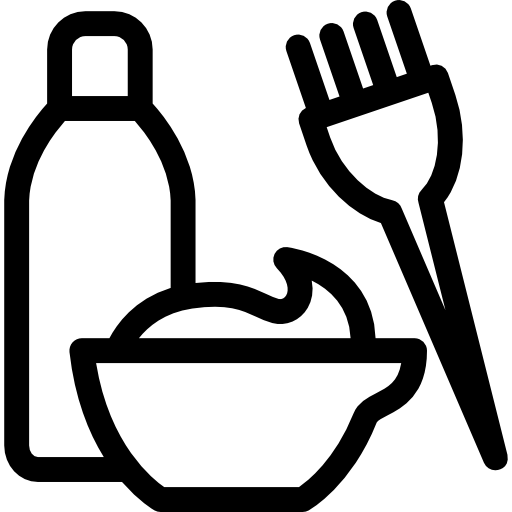
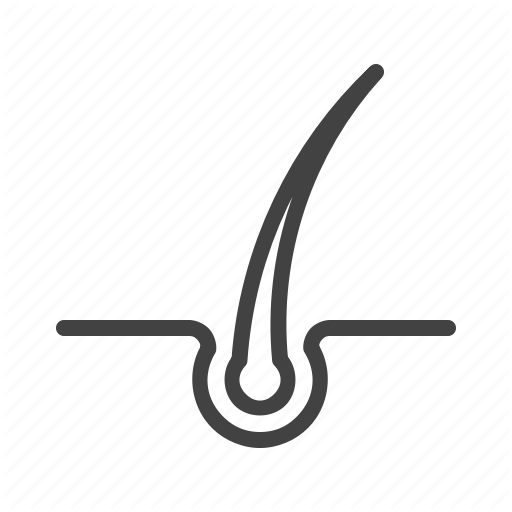

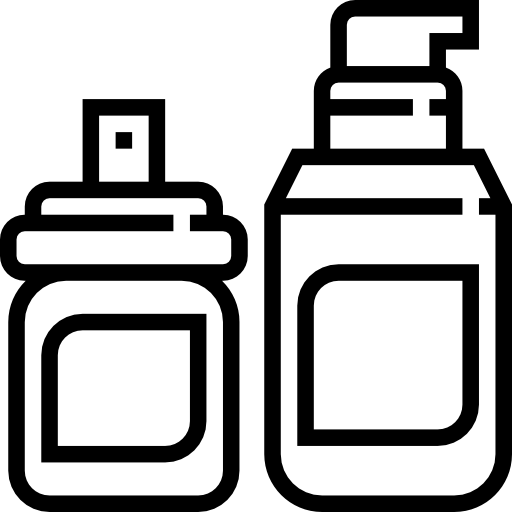
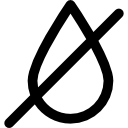
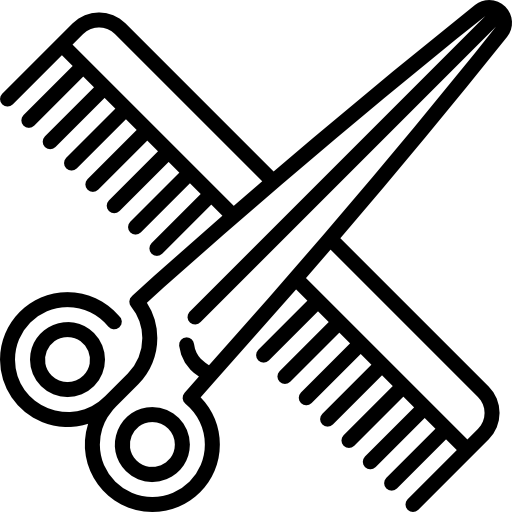






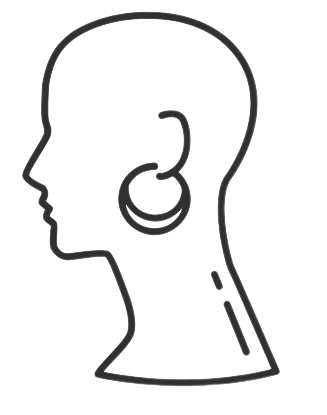

This is actually a nice blog, good job.